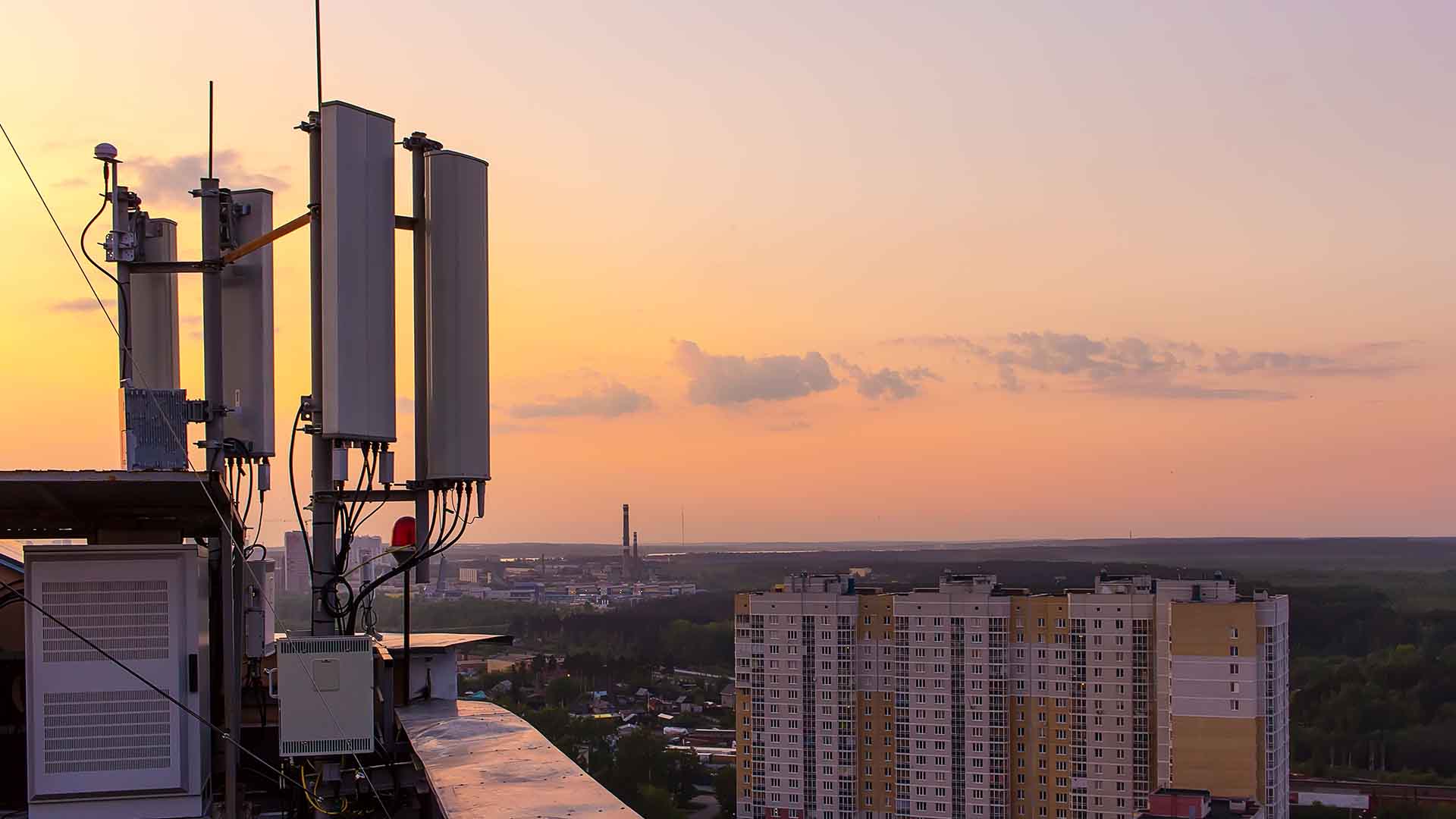One of the next big things in technology is finally starting to be implemented around the world, but as the mobile tech scene gears up for 5G, it’s unavoidable for some conspiracy theories to surface — from the simplest to the more peculiar ones. What’s the real deal about 5G? Globe will debunk five myths that surround the latest wireless technology.
Myth 1: 5G is related to the spread of coronavirus disease 2019.
The global health pandemic, that is the coronavirus disease 2019 (COVID-19), and 5G are in no way related to each other. The theories that supported this were COVID-19 and 5G became a hot topic for the world almost at the same time and that both are related to China. However, these aren’t enough to prove such claims that 5G can be a method to spread the disease.
First, technology for 5G was initially introduced to the world in October 2018, while the highly-contagious disease stemmed from Wuhan, China in December 2019. China wasn’t the first country to implement 5G, South Korea and the US both did it earlier.
For more obvious reasons, the coronavirus disease can’t spread through 5G as it is transmitted through saliva droplets when an infected person coughs or sneezes.
Myth 2: 5G can cause cancer.
False beliefs about wireless technologies posing risks to people for developing cancer existed for quite some time. Time and again, authorities like the World Health Organization have been refuting this.
According to WHO, there hasn’t been any significant finding linking wireless technologies like 5G to possible causes of cancer. A health concern which can be related to these technologies is tissue heating, which naturally occurs since it is “the main mechanism of interaction between radiofrequency fields and the human body,” which is similar to how bodies respond when doing exercises.
Both the WHO and the International Commission on Non-Ionizing Radiation Protection explained that there will be no detrimental health concerns from 5G as long as overall radio frequency exposure doesn’t exceed 300GHz.
Myth 3: Anyone can have access to 5G.
In an ideal world, yes. But in developing countries like the Philippines, this is something that might take a little longer. Globe is ramping up its expansion efforts by adding more telecommunication infrastructures across the country to bring connectivity. Globe is also set to unveil the 5G mobile experience in Makati and Bonifacio Global City in Taguig by the 3rd quarter of this year.
Another concern on 5G access is that not all smartphones support 5G. Globe stores, however, have 5G capable phones such as Huawei Mate 30 Pro 5G, Huawei P40 series, Huawei Nova 7SE, and Samsung S20 Ultra. The company is also looking to add more 5G capable mobile devices in the coming months.
Myth 4: 5G will replace 4G.
Unlike what happened during the transition from 3G to 4G when the latter was made to replace the former, 5G does not intend for 4G to be obsolete. What will happen is somehow a technology co-existence since 5G will build from 4G LTE. In a June 1, 2020 report by CNET, it stated that those using 4G LTE might experience faster speeds when 5G becomes available. The same article also cited a GSMA Intelligence report which noted that 15% of mobile connections around the world will utilize 5G by 2025, while 4G LTE usage will be about 59%.
Myth 5: 5G can be used for mind control.
This is one of the weirdest and far-fetched theories about 5G. As mentioned, there hasn’t been any concrete study to prove that 5G has effects on the human body. However, once 5G is fully implemented, technologies that rely on connectivity for data processing like Artificial Intelligence, Internet of Things and robotics will surely get the needed boost to develop functions useful to the real world.








